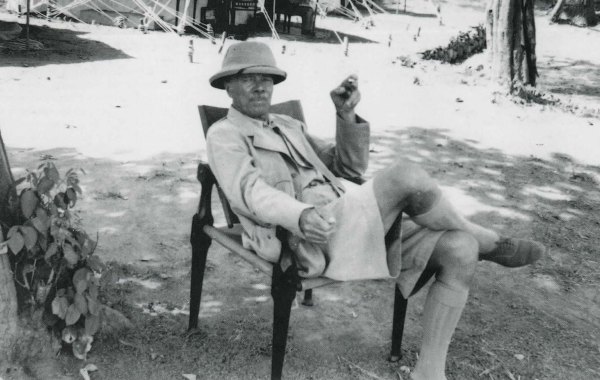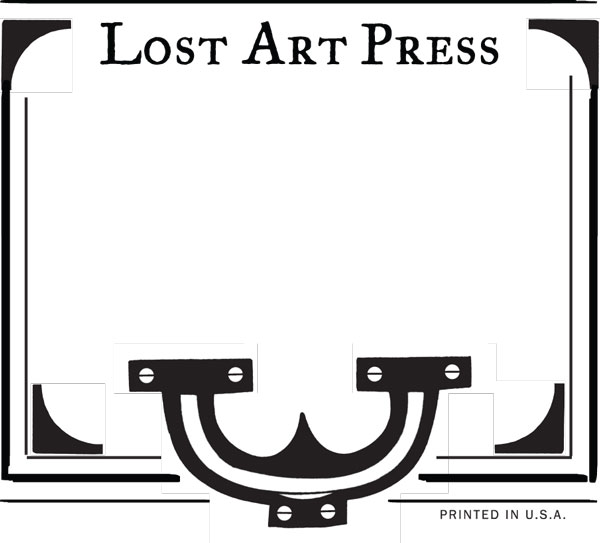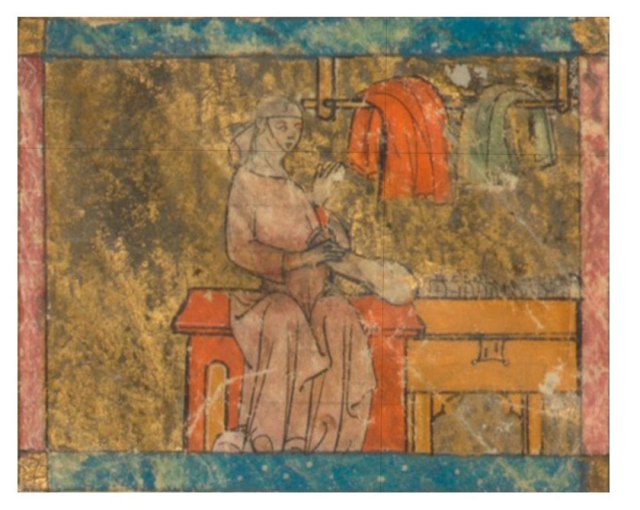About the Obscure, Narrow and Nichey ‘Campaign Style’ –

Several of my friends and colleagues have been surprised by how well our new book, “Campaign Furniture,” has been selling.
“That’s amazing,” they say, “for a style of furniture that is so ____________ .” Fill in the blank with any word that is a synonym for “obscure.”
The truth is that campaign furniture has been obscure only in the realm of furniture-makers. Everytime I go to an antique mall, I find at least one piece of campaign-style furniture (whether the seller actually realizes it or not). Plus, I can always find reproductions at used furniture stores. And 1stdibs.com is awash in the stuff.
The British campaign style is generally assumed to have been popular during 1740 to 1940, when the British Empire owned a huge chunk of the globe. That’s a huge run for any furniture style. American Arts & Crafts furniture, by way of comparison, had a much shorter run. About 50 years.
Shaker furniture has a similar timeline to that of campaign furniture. However, it is my educated guess that there are far more pieces of campaign furniture out there than Shaker furniture. This is not to say that the styles are “equal,” whatever that means. But that campaign-style stuff is anything but obscure.
In fact, many times campaign pieces are stealthily hiding as non-campaign pieces. Simon and Sean Clarke at Christopher Clarke Antiques Ltd. had many stories for us about how they encountered chairs, Davenports and tables that were knock-down campaign pieces, but the owners had no idea that their pieces could be taken to pieces.
Now, truth be told, I am also surprised by how well the “Campaign Furniture” book is selling. But not because the style is obscure, but because the book is about a style of furniture. All books about a furniture style are doomed to sell worse than books about birdhouses.
But I was heartened – nay, almost Unicorn-fartin’-a-rainbow ecstatic – by Joel Moskowitz’s assessment of the book: “(O)ne of the most important books on woodworking to appear in the last generation.” Joel is a tough customer.
— Christopher Schwarz



